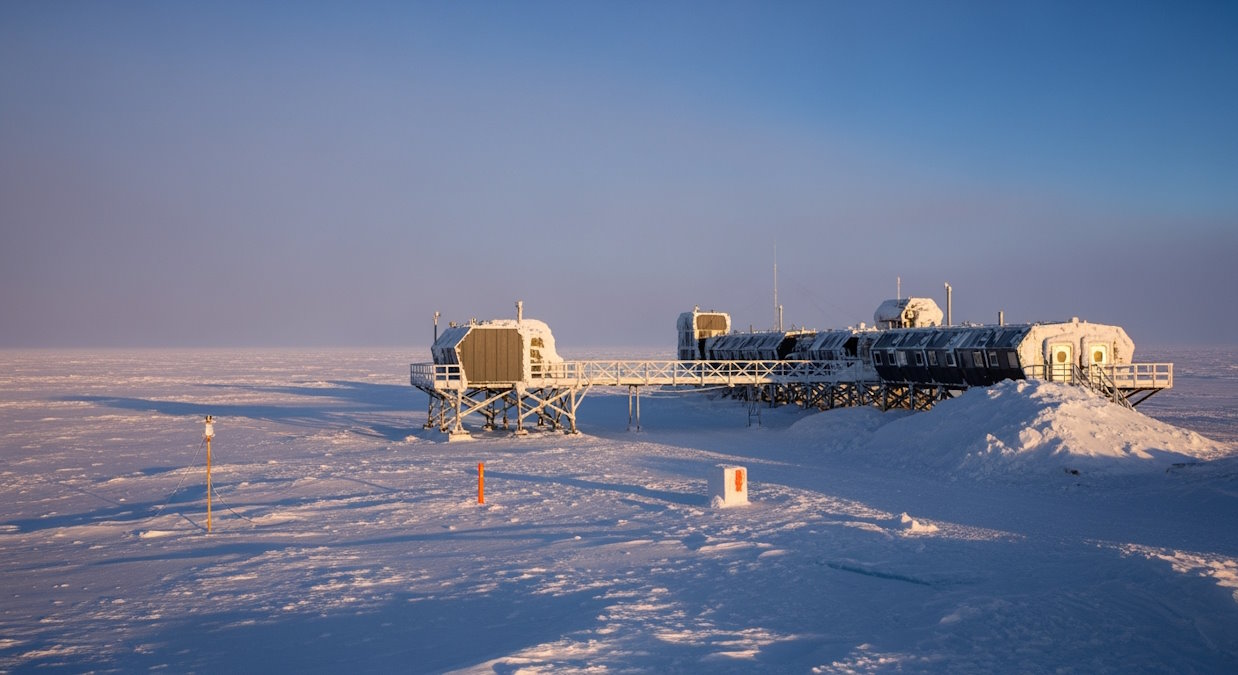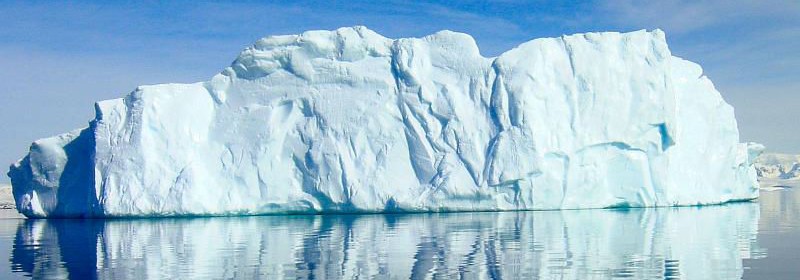
Electroverse Aug. 3, 2020
July, 2020 was historically cold throughout Scandinavia–and across much of Europe for that matter.
The Nordic nation of Norway’s average temperature came out at 0.6C below the norm, making for the country’s coldest July in 50 years.
As reported by kommunikasjon.ntb.no, a staggering 23 weather stations measured their lowest-ever July temperature, mainly in Innlandet, Viken, and Vestland.
To boot, 39 records were set for the lowest average July temperature.
In addition, the bone-chilling low of -7.2C logged at Sognefjellhytta went down as Norway’s coldest July temperature ever recorded
And one final impressive feat, the mercury didn’t surpass 30C anywhere in Norway last month — the first time that’s happened since 1951 (this July’s highest maximum temperature was the 27.4C registered at Pasvik).
Further Evidence that the Arctic Cold is Shifting South
While Norway was suffering record-breaking July cold, the nation’s northern archipelago of Svalbard (located between mainland Norway and the North Pole) was enjoying record heat.
Svalbard Airport’s reading of 21.7C on July 25 set a new record for the warmest July temperature ever. The previous record was set back in 1976.
Notice any similarities between 1976 and 2020?

Furthermore, July 2020’s Arctic ice distribution was the lowest since satellite observations began more than 40 years ago — but this eventuality is expected during a Grand Solar Minimum (GSM).
NASA, and others, have revealed that while Earth’s overall temperature trends colder during a GSM –as the Sun’s output drops lower and lower– not all regions experience the chill. As with the previous GSM (the Maunder Minimum 1645-1715), areas like the Arctic, Alaska, and S. Greenland/N. Atlantic actually warm during bouts of otherwise “global” cooling — NASA reveals the phenomenon in their Maunder Minimum temperature reconstruction map:

Climate is cyclic, never linear –despite what the MSM may be feeding us– and historical documentation is calling this the return of the COLD TIMES. The Arctic appears to be warming again -slightly- but the warming is line with the historically low solar activity we’re currently experiencing and its impact on the jet streams, and NOT due to Man’s wholly-beneficial CO2-excretions.
Thankfully, real-world observations have been doggedly persistent of late, and even through the noise and obfuscation oozing out of fraudulent political bodies like the IPCC they can be seen, by those with the ability to think critically.
Low solar activity = global cooling — a baffling notion to some, but one that makes total sense when you drop the modern political dogma and instead incorporate the science of cloud-nucleating Cosmic Rays and a meridional jet stream flow. Even NASA themselves appear to agree, if you read between the lines, with their forecast for this upcoming solar cycle (25) seeing it as “the weakest of the past 200 years,” with the agency correlating previous solar shutdowns to prolonged periods of global cooling here.





